TMPYP
Synonym(s):meso-5,10,15,20-Tetrakis-(N-methyl-4-pyridyl)porphine, Tetratosylate;meso-Tetra(N-methyl-4-pyridyl)porphine tetratosylate salt;TMPyP;TMPyP4 - CAS 36951-72-1 - Calbiochem
- CAS NO.:36951-72-1
- Empirical Formula: C72H66N8O12S4
- Molecular Weight: 1363.6
- MDL number: MFCD00013468
- SAFETY DATA SHEET (SDS)
- Update Date: 2023-06-30 15:45:59

What is TMPYP?
The Uses of TMPYP
TMPyP4 is a potent inhibitor of telomerase activity.
What are the applications of Application
TMPyP4 is a potent inhibitor of telomerase activity
Definition
ChEBI: An organosulfonate salt that is the tetrakis(p-toluenesulfonate) salt of meso-tetrakis(N-methyl-4-pyridyl)porphine.
General Description
5,10,15,20-Tetrakis(1-methyl-4-pyridinio)porphyrin tetra(p toluenesulfonate) (TMPyP) is a positively charged, two-photon dye, that can bind to DNA in cell cultures and affect the cell viability. Long term encapsulation of TMPyP by nanoparticles is reported to prevent the dye from direct contact with cells, but the dye can still kill the cells via singlet-oxygen production on exposure to infrared light. Nanostructured catalyst of platinum nanoparticles supported on TMPyP functionalized graphene is prepared by hydrothermal polyol process. TMPyP is reported to show excellent 1O2 luminescence signals on incubation with the fungus, Candida albicans. On photoexcitation, TMPyP undergoes charge-transfer interaction with chemically reduced graphene oxide. It is also reported to be a promising photodynamic therapy photosensitizer.
storage
Store at +4°C
Properties of TMPYP
| Melting point: | >300℃ |
| storage temp. | Keep in dark place,Inert atmosphere,2-8°C |
| solubility | water: soluble50MM(lit.) |
| form | Purple solid |
| color | Dark red to Dark purple to Dark blue |
| Water Solubility | Soluble to 50 mM in water |
| BRN | 6049195 |
| Stability: | Hygroscopic, Light Sensitive |
Safety information for TMPYP
| Signal word | Warning |
| Pictogram(s) |
 Exclamation Mark Irritant GHS07 |
| GHS Hazard Statements |
H315:Skin corrosion/irritation H319:Serious eye damage/eye irritation |
| Precautionary Statement Codes |
P264:Wash hands thoroughly after handling. P264:Wash skin thouroughly after handling. P280:Wear protective gloves/protective clothing/eye protection/face protection. |
Computed Descriptors for TMPYP
New Products
(S)-3-Aminobutanenitrile hydrochloride 4-Methylphenylacetic acid N-Boc-D-alaninol N-BOC-D/L-ALANINOL Tert-butyl bis(2-chloroethyl)carbamate 3-Morpholino-1-(4-nitrophenyl)-5,6-dihydropyridin- 2(1H)-one Furan-2,5-Dicarboxylic Acid Tropic acid 1-Bromo-3,5-Di-Tert-Butylbenzene S-2-CHLORO PROPIONIC ACID ETHYL ISOCYANOACETATE 2-Bromo-1,3-Bis(Dimethylamino)Trimethinium Hexafluorophosphate 4-IODO BENZOIC ACID 3-NITRO-2-METHYL ANILINE 1-(2,4-DICHLOROPHENYL) ETHANAMINE (2-Hydroxyphenyl)acetonitrile 4-Bromopyrazole 2-(Cyanocyclohexyl)acetic acid 4-methoxy-3,5-dinitropyridine 1-(4-(aminomethyl)benzyl)urea hydrochloride 2-aminopropyl benzoate hydrochloride diethyl 2-(2-((tertbutoxycarbonyl)amino) ethyl)malonate tert-butyl 4- (ureidomethyl)benzylcarbamate Ethyl-2-chloro((4-methoxyphenyl)hydrazono)acetateRelated products of tetrahydrofuran

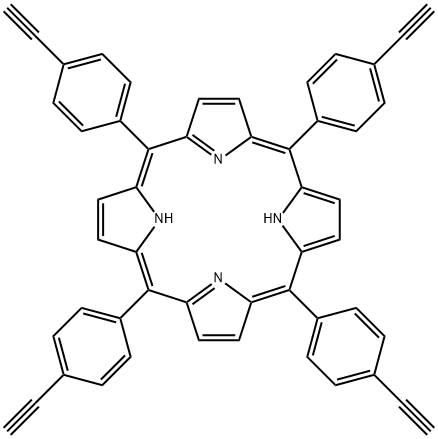
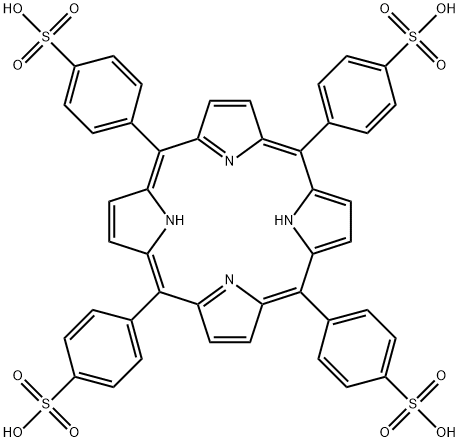
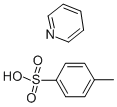

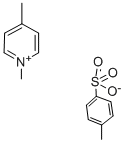
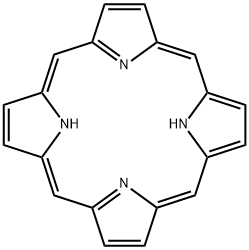

You may like
-
 36951-72-1 5,10,15,20-Tetrakis(N-methyl-4-pyridyl)porphyrin tetra(p-toluenesulphonate) 99%View Details
36951-72-1 5,10,15,20-Tetrakis(N-methyl-4-pyridyl)porphyrin tetra(p-toluenesulphonate) 99%View Details
36951-72-1 -
![TMPyP [=α,β,γ,δ-Tetrakis(1-methylpyridinium-4-yl)porphyrin p-Toluenesulfonate] [Ultra-high sensitive spectrophotometric reagent for Cu, Mg] [For the simultaneous determination of metals by HPLC] CAS 36951-72-1](https://img.chemicalbook.in//Content/image/CP5.jpg) TMPyP [=α,β,γ,δ-Tetrakis(1-methylpyridinium-4-yl)porphyrin p-Toluenesulfonate] [Ultra-high sensitive spectrophotometric reagent for Cu, Mg] [For the simultaneous determination of metals by HPLC] CAS 36951-72-1View Details
TMPyP [=α,β,γ,δ-Tetrakis(1-methylpyridinium-4-yl)porphyrin p-Toluenesulfonate] [Ultra-high sensitive spectrophotometric reagent for Cu, Mg] [For the simultaneous determination of metals by HPLC] CAS 36951-72-1View Details
36951-72-1 -
 Tmpyp 90% CAS 36951-72-1View Details
Tmpyp 90% CAS 36951-72-1View Details
36951-72-1 -
 TMPyP4 CAS 36951-72-1View Details
TMPyP4 CAS 36951-72-1View Details
36951-72-1 -
 1975-50-4 98%View Details
1975-50-4 98%View Details
1975-50-4 -
 2-HYDROXY BENZYL ALCOHOL 98%View Details
2-HYDROXY BENZYL ALCOHOL 98%View Details
90-01-7 -
 14714-50-2 (2-Hydroxyphenyl)acetonitrile 98+View Details
14714-50-2 (2-Hydroxyphenyl)acetonitrile 98+View Details
14714-50-2 -
 118753-70-1 98+View Details
118753-70-1 98+View Details
118753-70-1